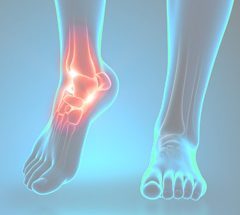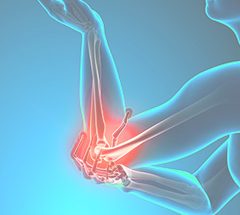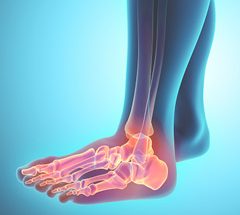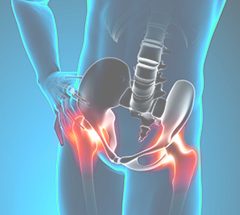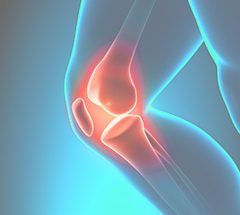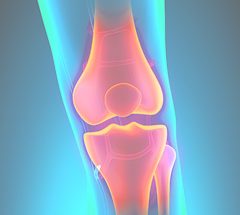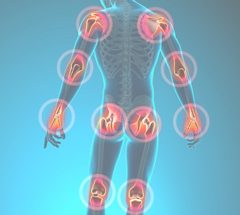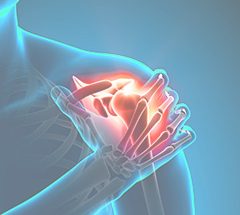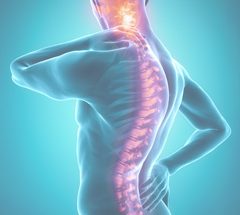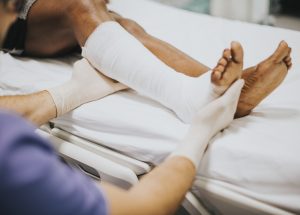
If your child starts complaining about joint pain, it can be difficult to take them seriously at first. They’re so young; how could they possibly be experiencing something that usually affects those over the age of 50? Kids are resilient, too – they may complain about joint pain one day, then run and play like everything is fine the next. It’s easy to assume their pain is minor and temporary, but with juvenile arthritis affecting nearly 300,000 infants, children and teens in the United States, it’s important to keep an eye out for the following symptoms so you’re aware if your child’s pain is being caused by something beyond those infamous growing pains:
- Persistent pain – especially in the morning
- Swelling and/or redness near a joint
- Joint pain associated with injury
- Limping, weakness or unusual tenderness
If your child is experiencing any of these symptoms, we strongly recommend you set up an appointment with one of our orthopedic doctors at ProOrtho who can help you assess the situation. While juvenile arthritis is somewhat rare, it can be very painful for your child if present. When in doubt, always follow your gut. Here are some facts (from the Arthritis Foundation) you may need to know if your child does have juvenile arthritis.
What is Juvenile Arthritis?
Also known as a pediatric rheumatic disease, juvenile arthritis is an umbrella term used to describe the many autoimmune and inflammatory conditions or pediatric rheumatic diseases that can develop in children under the age of 16. Although the various types of juvenile arthritis share many common symptoms, each type of juvenile arthritis is distinct and has its own special concerns and symptoms. Some types of juvenile arthritis affect the musculoskeletal system, but joint symptoms may be minor or nonexistent. Juvenile arthritis can also involve the eyes, skin, muscles and gastrointestinal tract.
Juvenile Arthritis Causes
No known cause has been pinpointed for most forms of juvenile arthritis, nor is there evidence to suggest that toxins, foods or allergies cause children to develop juvenile arthritis. Some research points toward a genetic predisposition to juvenile arthritis, which means the combination of genes a child receives from his or her parents may cause the onset of juvenile arthritis when triggered by other factors.
Juvenile Arthritis Treatment
Unfortunately, there is no cure for juvenile arthritis, although with early diagnosis and aggressive treatment, remission is possible. The goal of treatment is to relieve inflammation, control pain and improve the child’s quality of life. Most treatment plans involve a combination of medication, physical activity, eye care and healthy eating.
Juvenile Arthritis Self-Care
An important part of juvenile arthritis treatment is teaching the child the importance of how to follow the treatment prescribed by the healthcare team. Self-care also involves helping the child address the emotional and social effects of the disease. Self-management encompasses the choices made each day to live well and stay healthy and happy.
At ProOrtho, we are dedicated to providing the best care possible for our patients. Let us help you get back to the healthy, active lifestyle you desire and deserve. At our Eastside orthopedic clinics, we offer the widest spectrum of surgical and non-surgical options paired with the most advanced technologies available. We specialize in pain management, meniscus surgery, hip replacement and more!

